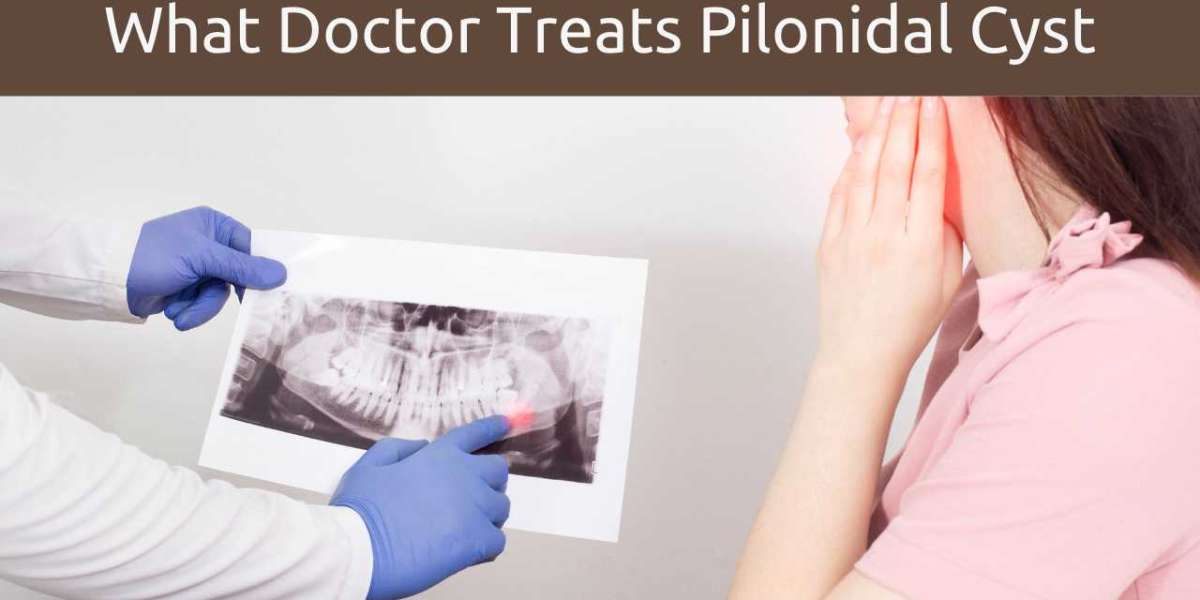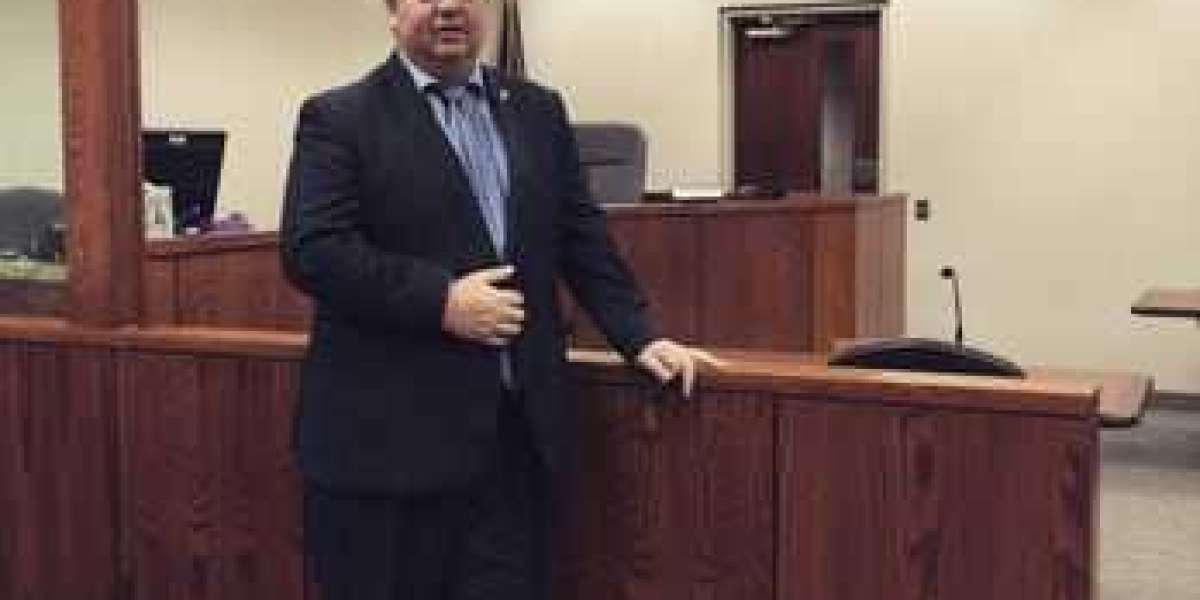When you are struggling with the pain and discomfort of a pilonidal cyst, it becomes very important to know how to treat it. You cannot leave it and bear all the pain because there are potential complications that may turn serious at any time. So, to choose the best treatment for your pilonidal cyst, first find out what doctor treats pilonidal cyst. This is because people have no idea whom to consult. Some visit a general physician, whereas others try connecting with specialists without looking for one who can treat the pilonidal cyst. So, let's discuss why it is important to know why you need surgical intervention when you have an infected pilonidal cyst.
Recognizing the Need for Surgical Intervention
If you want to prevent the pilonidal cyst, you must know what changes you may experience in your body.
Recurrent Infections
If you are experiencing repeated episodes of infection, acute pain, redness, and bloody discharge, it’s a clear sign that you cannot rely on medicines and that you need surgical intervention to treat the cyst.
Severe Pain and Discomfort
If you are not able to do your daily activities, such as sitting or walking, just because you are having a lot of pain in your lower back, it’s time to call your colorectal surgeon.
Persistent Symptoms
Evan If you get the same symptoms despite trying all conservative treatments, like antibiotics or hot compresses, you have to stop. It's time you book a call with a surgeon and plan for the surgery.
Formation of Sinus Tracts
If you find the development of sinus tracts or pathways that allow fluid to escape from the cyst to the surface of the skin, it is the signal for a more complicated pilonidal disease. You cannot ignore it when you know that the condition will get worse with each passing moment.
What are the different types of pilonidal cyst removal surgery?
I. Surgical Options and Expertise
pilonidal cyst surgical removal is the most sure and suitable method to get rid of the cyst and the sinus tracts. But the question is which surgeon would perform pilonidal cyst removal? The surgery is usually done by a pilonidal cyst surgeon, who is a medical expert in dealing with this condition using both traditional as well minimally invasive techniques.
II. Traditional Surgery
In traditional surgery, the surgeon removes the cyst and sinus tracks by excision before making a secondary intention of healing by mainly keeping the wound open or closing it with stitches. Such treatment poses the complex problem of postsurgical care, (which may be associated with recurrence).
III. Minimally Invasive Surgery
A minimally invasive procedure that revolves around laser cutting is pilonidal cyst surgical treatment. Through ablating the cyst and sinus tracks by using laser energy, this technique has quite a few advantages, like little pain, fewer scars, and early recovery, therefore, the patient can be back to daily life activities more quickly.
Is Pilonidal Cyst Laser Surgery Painful?
Perhaps the most general issue for people undergoing pilonidal cyst laser surgery is the amount of pain. Fortunately, the method is usually less painful as compared to traditional techniques. Many patients undergo the laser treatment without experiencing discomfort throughout and after the treatment, which can be attributed to the precision and negligible tissue damage. Either local or general anesthesia can be applied to ensure the process is performed without pain.
How Do I Treat a Pilonidal Cyst?
Before considering surgery, you can try some less invasive treatments, especially if the condition is manageable:
- Home Care: Warm compresses and good hygiene can help manage minor infections.
- Medications: Antibiotics may be prescribed to treat or prevent infection, although they cannot cure the cyst itself.
- Incision and Drainage: In some cases, a doctor might perform an incision and drainage procedure to relieve pain and pressure.
Still, if you are going through the same pain and discomfort, it's time to choose pilonidal cyst removal surgery over other options.
What type of expert removes Pilonidal Cysts?
Pilonidal Expert doctors have specialized in the issue, which enables them to treat the pilonidal cyst in the best possible way as well, ensuring comprehensive care for the patients. These specialists have, in their profession, experience in medical procedures covering both conservative management and surgical interventions.
The Pilonidal Expert's team is composed of surgeons and professionals who have been around pilonidal disease for a considerable number of years. They see that every patient with the illness is different from the events of the disorder and prescribe therapy to reflect the unique individuality of each patient. Moreover, it can be an invasive procedure or related to post-operative treatment. Workplace professionals serve as guides of care to the highest standard to ensure this.
Choosing a Pilonidal Expert for the Treatment of a Pilonidal Cyst means entrusting your care to experts who are dedicated to delivering effective solutions, minimizing discomfort, and reducing the risk of recurrence. Their commitment to excellence in pilonidal cyst management makes them the go-to service provider for anyone seeking relief from this condition.
FAQs for pilonidal cyst removal surgery
1. How long is the recovery from pilonidal cyst surgery?
The recovery process differs from person to person, there might be a few weeks to sustain several months, based on the extent of the operation and the healing process; all these factors determine the recovery time. Implementing the recommendation of the surgeon regarding taking good care of the wound and abstaining from excessively moving about is key to a speedy recovery.
2. Can a pilonidal cyst come back after surgery?
Indeed, a reoccurrence is possible even after the surgery is performed, especially if the major cause- the long sitting and friction- is still neglected. Monitoring your hygiene and the adoption of preventative measures can significantly minimize the prevalence of this type of problem.
3. What are the chances of complications from pilonidal cyst surgery?
Well, the complications are relatively rare, but there are chances of infection, delayed wound healing, and recurrence. So, you must choose an experienced surgeon and follow postoperative care guidelines to minimize these risks.
Conclusion
The process of coping with the pilonidal cyst can often cause a feeling of frustration and pain, but, it is critically important to be aware of the signs that indicate that surgery should be performed as the first thing to cure it. As a result, of the development of new surging techniques, especially laser pilonidal cyst surgery, patients are now provided with efficient and complication-free treatments and a faster recovery.



